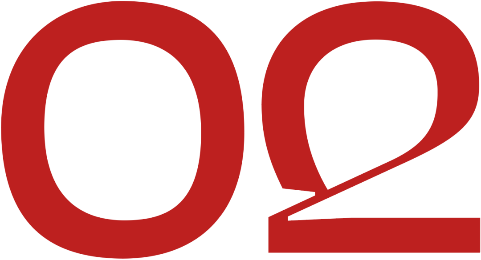Understanding Your Financial Obligations: Does a Subsidized Loan Have to Be Paid Back?
Guide or Summary:Introduction to Subsidized LoansDoes a Subsidized Loan Have to Be Paid Back?Repayment Terms and ConditionsThe Importance of Understanding Y……
Guide or Summary:
- Introduction to Subsidized Loans
- Does a Subsidized Loan Have to Be Paid Back?
- Repayment Terms and Conditions
- The Importance of Understanding Your Loan
**Translation:** Does a subsidized loan have to be paid back?
---
Introduction to Subsidized Loans
Subsidized loans are a type of financial aid offered primarily to students who demonstrate financial need. These loans are designed to make higher education more accessible by covering some of the costs associated with tuition and other educational expenses. Unlike unsubsidized loans, where interest begins to accrue immediately, subsidized loans do not accumulate interest while the borrower is enrolled in school at least half-time, during the grace period, or during deferment periods.

Does a Subsidized Loan Have to Be Paid Back?
The straightforward answer to the question, "does a subsidized loan have to be paid back?" is yes. Like all loans, subsidized loans must be repaid. However, the terms and conditions surrounding repayment can vary significantly based on the borrower's circumstances.
When you take out a subsidized loan, you are agreeing to repay the principal amount you borrowed plus any interest that may accrue after you leave school or drop below half-time enrollment. The key advantage of subsidized loans is that the government pays the interest during certain periods, which can significantly reduce the total amount you owe when repayment begins.
Repayment Terms and Conditions
Repayment of a subsidized loan typically begins six months after you graduate, leave school, or drop below half-time enrollment. This six-month period is known as the grace period, and it allows borrowers some time to secure employment and stabilize their finances before they are required to start making payments.

During the grace period, no payments are required, and no interest accrues, which is a significant benefit for borrowers. Once the grace period ends, borrowers can choose from several repayment plans, including standard repayment, graduated repayment, and income-driven repayment plans. Each of these options has different implications for monthly payments and total interest paid over the life of the loan.
The Importance of Understanding Your Loan
Understanding the obligations associated with subsidized loans is crucial for effective financial planning. Borrowers should be aware of the total amount borrowed, the interest rate, and the repayment terms to avoid any surprises when repayment begins. Failing to repay a subsidized loan can lead to serious consequences, including damage to your credit score, wage garnishment, and loss of eligibility for future federal financial aid.
Moreover, it’s essential to keep track of your loans and communicate with your loan servicer. If you encounter financial difficulties, many servicers offer options like deferment or forbearance, which can temporarily suspend payments without defaulting on the loan.

In summary, while subsidized loans offer significant benefits, including no interest accrual during certain periods, they still represent a financial obligation that must be repaid. The question "does a subsidized loan have to be paid back?" highlights the need for borrowers to fully understand their financial responsibilities. By being informed and proactive about loan repayment, borrowers can manage their debt effectively and avoid potential pitfalls. Always remember to explore all available options and seek assistance if needed to ensure a smooth repayment process.